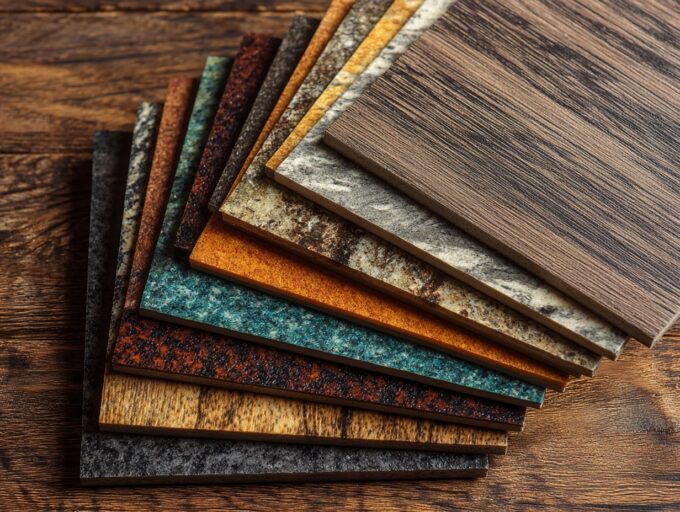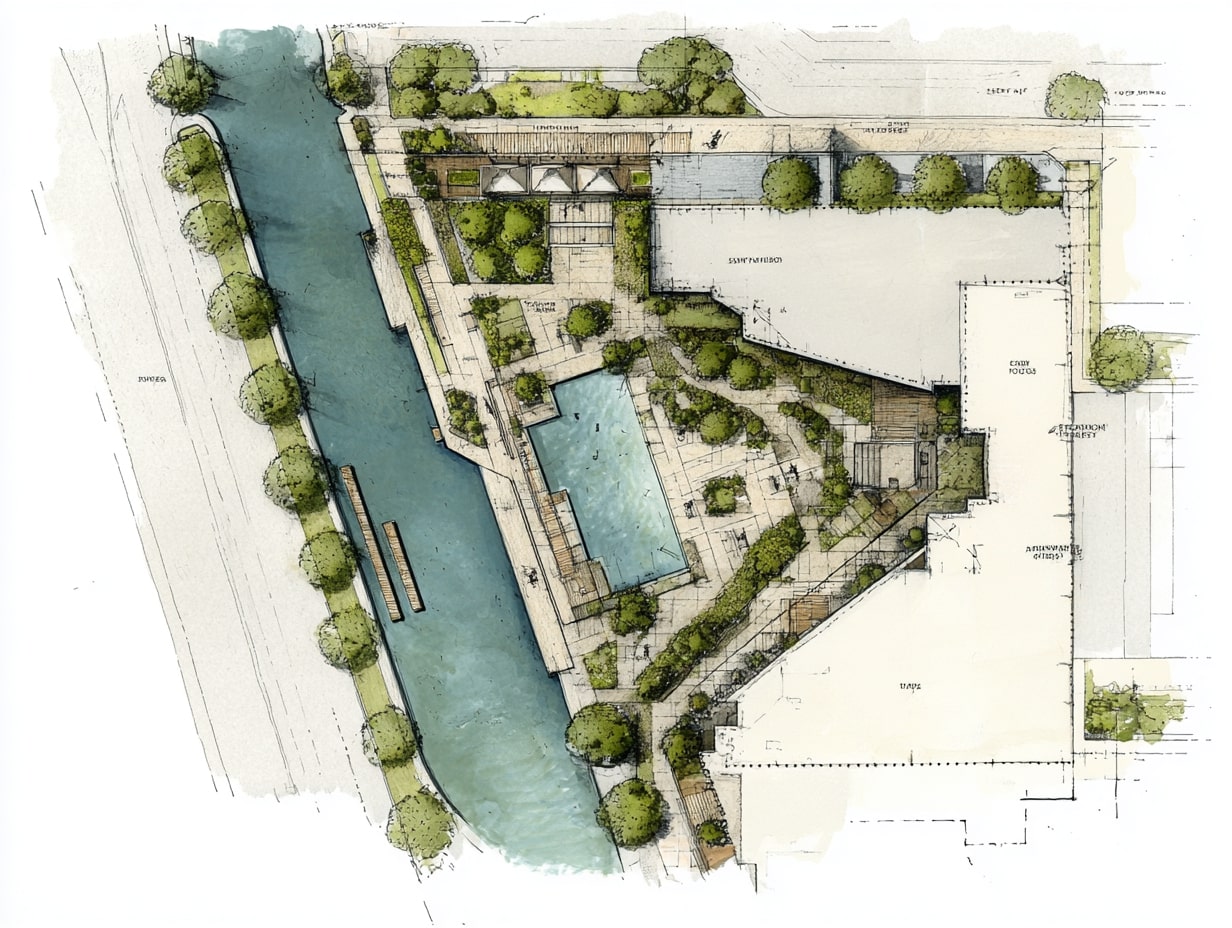- Home
- Articles
- Architectural Portfolio
- Architectral Presentation
- Inspirational Stories
- Architecture News
- Visualization
- BIM Industry
- Facade Design
- Parametric Design
- Career
- Landscape Architecture
- Construction
- Artificial Intelligence
- Sketching
- Design Softwares
- Diagrams
- Writing
- Architectural Tips
- Sustainability
- Courses
- Concept
- Technology
- History & Heritage
- Future of Architecture
- Guides & How-To
- Art & Culture
- Projects
- Interior Design
- Competitions
- Jobs
- Store
- Tools
- More
- Home
- Articles
- Architectural Portfolio
- Architectral Presentation
- Inspirational Stories
- Architecture News
- Visualization
- BIM Industry
- Facade Design
- Parametric Design
- Career
- Landscape Architecture
- Construction
- Artificial Intelligence
- Sketching
- Design Softwares
- Diagrams
- Writing
- Architectural Tips
- Sustainability
- Courses
- Concept
- Technology
- History & Heritage
- Future of Architecture
- Guides & How-To
- Art & Culture
- Projects
- Interior Design
- Competitions
- Jobs
- Store
- Tools
- More
Low-Maintenance Luxury: Invest in a Composite Deck for Long-Term Value in Your British Home

In the ever-changing British climate, we’re always looking for ways to improve our outdoor spaces with minimal maintenance, and that’s where composite decking comes in. Investing in a composite deck represents a smart, long-term decision for homeowners. By combining low-maintenance requirements with durability, aesthetic appeal, and eco-friendly attributes, composite decking offers a luxurious outdoor living solution that adds value to your home. As the British climate continues to challenge traditional building materials, the resilience and versatility of composite decking make it an increasingly attractive option.
Table of Contents
ToggleWhat You Need to Know About Composite Decking Materials
Composite decking materials are designed to withstand the British weather. Unlike timber, composite boards don’t absorb moisture so you won’t get warping, splitting and rotting. The core of most composite decks are wood fibers, often from recycled materials, for a natural look and feel; plastic polymers for durability and water resistance; UV inhibitors to prevent fading and sun damage; and anti-microbial additives to prevent mold and mildew growth.
All of these combine to make a product that looks and feels great for years to come in the British weather.

The Low-Maintenance Requirement of Composite Decking
One of the biggest benefits of composite decking for homeowners is the minimal maintenance. Traditional wooden decks need regular attention, annual staining or sealing, periodic repairs and constant upkeep to prevent rot and insect infestations. In contrast, composite decking offers:
- No need to stain or seal: The color is built into the material so it looks great with no extra treatments.
- No fading: UV inhibitors keep the color of the deck, even in full sun.
- Easy to clean: A simple soap and water wash is usually all you need to keep the deck looking like new.
- Splinter free surface: Unlike wood, composite decking doesn’t splinter so it’s safer for bare feet and pets.
This low maintenance profile is especially appealing in the UK where the weather can make outdoor maintenance a chore and a time drain.
Enhancing Your Home’s Value With Composite Decking
Investing in this kind of decking can add value to your home and its appeal. As outdoor living spaces become more important to buyers, a well designed and low-maintenance deck is a big selling point. Consider the following value-adding aspects:
- Extra living space: A deck effectively increases your home’s usable space, an extra room for relaxation and entertainment.
- Aesthetics: Modern composite decking comes in a range of colors and textures so you can match your home’s style.
- Durability: The long life of composite decking gives buyers peace of mind for years to come.
- Eco-friendliness: Many composite decking products are made from recycled materials so will appeal to eco conscious homeowners.
Cost and Long Term Savings
While the upfront cost of a composite deck is higher than a wood deck, you need to think long term. Over time the lower maintenance and longer life of a composite deck will pay off big time. No annual treatments means no staining, sealing or painting, time and money saved. Less damage means less repairs and replacements.

Many composite decking products have 25 year plus warranties, far longer than a wood deck. Some composite decking has insulating properties that can help save energy in adjacent indoor spaces. When calculating costs you need to factor in these long term savings along with the upfront cost.
Conclusion
Whether you’re looking to improve your own living space or add value to your home, a composite deck is a combination of practicality and luxury that’s hard to beat. By choosing this, you’re not just building a deck, you’re investing in years of hassle-free outdoor living and long-term value for your home.
illustrarch is your daily dose of architecture. Leading community designed for all lovers of illustration and #drawing.
Submit your architectural projects
Follow these steps for submission your project. Submission FormLatest Posts
Understanding Site Safety Footwear in Architectural Practice
Architecture is often discussed through drawings, models, and finished buildings, yet a...
General Arrangement Drawings in Architecture: The Backbone of Clear Design Communication
General Arrangement Drawings explained: what they are, when to use them, how...
The Ultimate Guide to Fencing in North Dakota: Choosing the Best Fence for Your Property
Watching a chain link fence twist in 70 mph winds near Minot...
Gaudí: Where Architecture Meets Science
Gaudí: Where Architecture Meets Science shows catenary arches, ruled surfaces, and biomimicry...












Leave a comment